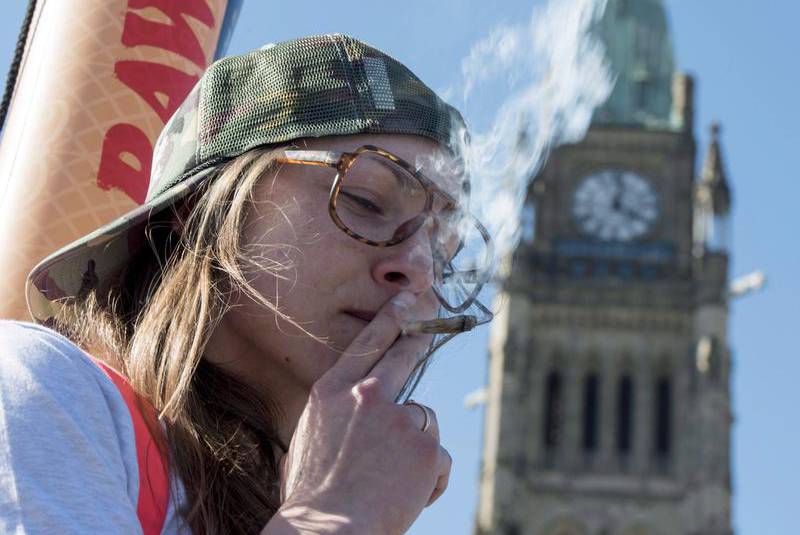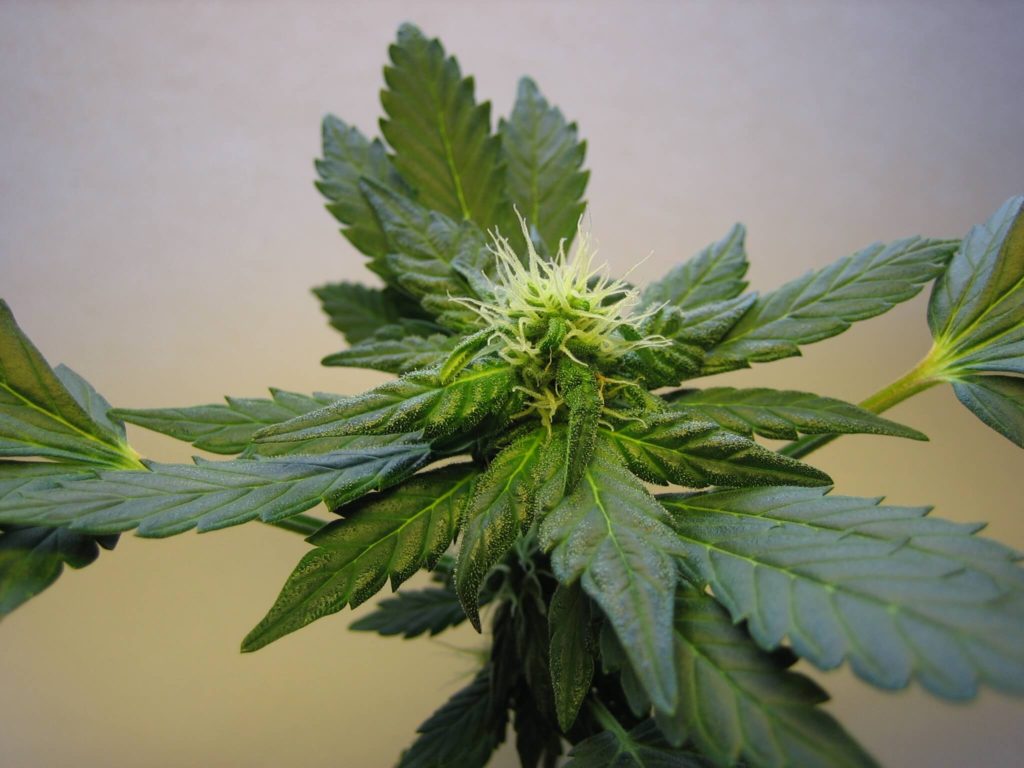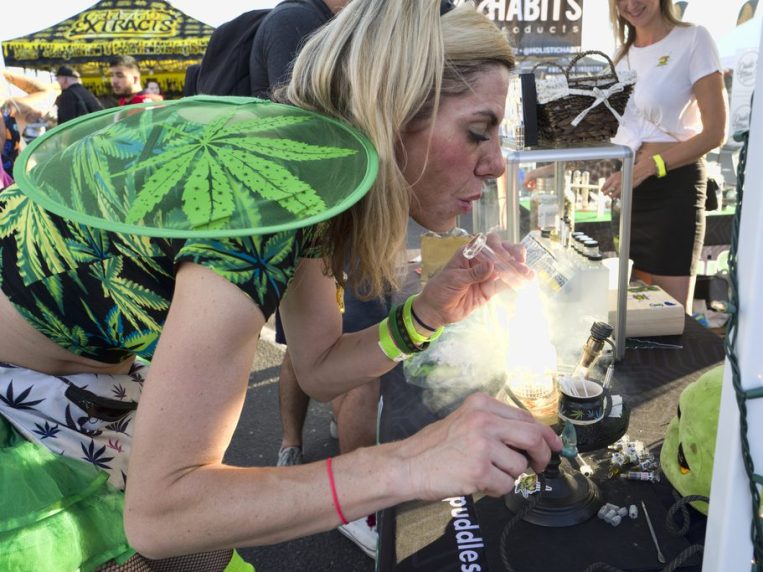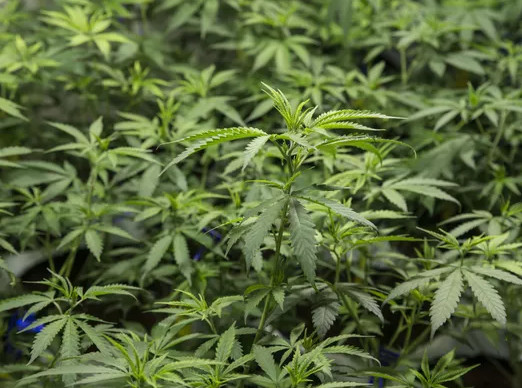Allow me first to state that I am in favour of marijuana use for medical purposes, even though it has only, so far, been proven successful in relieving pain in 40 per cent of users. Along with most medical doctors, I do not support marijuana for recreational uses.
Many of us believed that making recreational marijuana legal and available would persuade those who have previously stayed away from it because it was illegal, to experiment. Recent results have confirmed our suspicions. By their own admission, many of those people in the pot lineups last week admitted they were about to become first-time users.
So, despite what the federal Minister of Health supposes (on CBC recently, she said she didn’t believe making cannabis legal would lead to an increase in the number of users) the new rules have already succeeded in increasing the number of people who are taking drugs in this country! Interestingly, in not one of the hundreds of broadcasts to which I have listened in the last few days, has an interviewer asked a user “Why?”
There is little doubt that the decriminalization and ready accessibility of marijuana will provide a much-needed boost to the Canadian economy, increase employment opportunities and have a spectacularly positive effect on tourism.
Another good thing that has come out of the new laws is the charge, by doctors and scientists, to more thoroughly investigate the properties of this drug and to more clearly and credibly define its harmful effects.
I wonder, however, if the world’s perception of our “glorious and free” nation has changed in the last few days. Pictures of thousands of Canadians lining up to find a way to escape reality have been projected across the globe and may well serve to skew the world’s impressions of who we are. Why is it that so many people need to escape the reality of life here? What does that say about Canada? Where have we gone wrong?
Not only does there seem to be a great desire to be in an altered state, but people like songwriters and artists admit, openly, that they are more creative and do better work when they smoke up. But why are we OK with a concept that is devoid of reality? Drugs of all kinds put us in a state of surreality. Nothing is real when you’re on drugs!
As a past researcher in health care and, more recently, in the impediments to the healthy development of social skills in children and youth, my greatest concern is withadolescents using marijuana. The real danger of drugs lies in their capacity to impede the healthy development of young brains. Healthy brains are not fully developed before the age of 25.
So what is the government thinking? Canada already has the highest rates of drug use among youth. And fromwhat is this demographic (young people with their entire lives ahead of them) trying to escape?
With marijuana readily available, are we not concerned that we might be raising a generation of junkies — cognitively impaired, judgmentally compromised young people who’ll never really be able to fully appreciate the beauty of a sunset unless they are in a drug-induced stupor?
There is so much more research to be done and some of us believe that what we are witnessing is a dangerous experiment. This is what we know so far:
People on marijuana are in an altered state and may be lulled into a sense of false security and moved toward risky behaviours, to say nothing of the risk of psychotic episodes in vulnerable youth and people who have been diagnosed with schizophrenia or bipolar disorder.
The younger people are when they begin to use marijuana, the heavier users they will become (dependence). Although the addictive properties of marijuana appear to be lower than those of nicotine and alcohol, regular use of the drug is associated with tolerance and dependence. Recent investigations have established that one in six young people and one in 10 adults are currently demonstrating marijuana dependence.
Adolescents using marijuana regularly risk dropping as many as six points off their IQ. There is a lower graduation rate, higher rate of failed relationships and difficulty holding down jobs among students who use marijuana.
Marijuana users have a distorted perception of reality. Marijuana impairs their thinking, cognition, attention, memory, motor skills and slows their reflexes. Changes in mood and appetite have also been reported. Marijuana remains in the body for a longer period than alcohol (between five and eight hours after consumption).
Smoking marijuana, like tobacco, causes lung damage. Although much more research is required, preliminary tests also indicate that there is damage to the brain (especially in young people) and to the heart.
Women who use marijuana while pregnant may give birth to smaller babies (just as with those smoking tobacco) and, since the drug passes into the fetus via the umbilical cord or through breast feeding, babies could be at risk for dependence, cognitive difficulties, mood disorders and many other difficulties similar to those associated with fetal alcohol syndrome. Again, more research is required to investigate this.
We need to remember that not everyone who uses marijuana progresses to hard drugs, but research indicates that almost all those who use hard drugs began with marijuana!
Let’s hope the police force, doctors and surgeons, teachers, nurses and airline pilots to name a few, are intelligent enough to stay away from this newly legalized drug! And watch out if you’re on the road — it’s going to be a jungle out there!
Irene G. Wilkinson lives in Halifax.
Credit: thechronicleherald.ca













